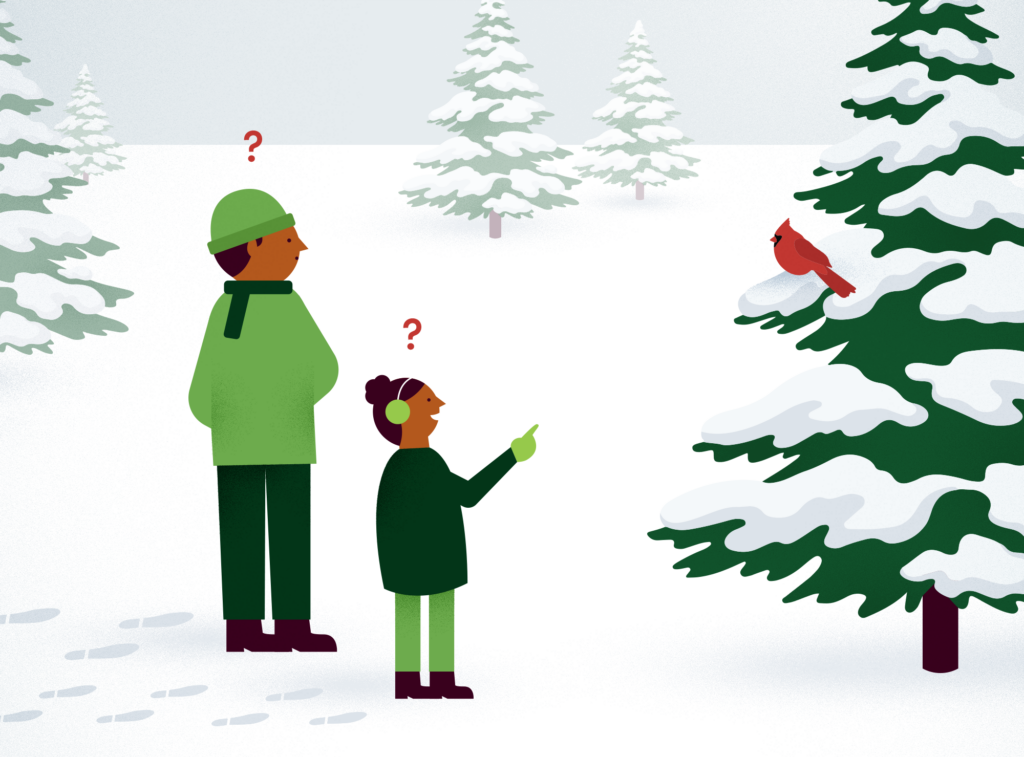
Today, I’ve asked Frank Keil to share his Tip of the Week.
A few weeks ago, my 3-year-old granddaughter Frances asked, “Why don’t cardinals migrate?”
Frances’s question surprised me, both because she knew enough to ask it and because I had no idea what the answer was. When I failed to find explanations on my cell phone, Frances got bored with me and wandered off, asking others how to make red paint.
Preschoolers love thinking about possible explanations of interesting things. They feel free to wonder about anything, and they do so with joy and creativity.
But by kindergarten, most children stop asking how or why questions. Research shows that most schools are set up to discourage this sort of wide-eyed wondering and that most adults, including teachers, underestimate children’s interest in how things work. Pressured to get good classroom scores on tests of bare facts, and burdened with large classes, teachers ask all the questions and test mostly facts.
Fortunately, there’s no reason we can’t all be lifelong wonderers. I’m 69, but I still experienced the same thrill of discovery I had as a child when I searched on the Internet for an answer to Frances’s question about cardinals. I learned that migration is related to diet, temperament, and keeping warm. Cardinals don’t migrate because they have ample food, are aggressive, and flocking together in winter months helps keep them warm while their molting provides insulation. I also learned that male cardinals are bright red because they eat carotenoid-rich plants.
I’m eager to see Frances again and share these insights over several conversations that package information in digestible bites while also encouraging further investigations.
By embracing children’s acts of wondering, you become partners in discovery. Thanks to Frances, I now “see” cardinals differently. I envision the especially red ones as stuffing themselves with berries and imagine carotenoid particles coursing through their bloodstreams and somehow ending up in their feathers.
Don’t ask young people questions where a simple yes or no response is easily available.
Do encourage how and why questions. Listen closely to what young people really want to know and what they find most rewarding to learn about. And if they report a new fact, you might wonder about it with them. By joining in the learning process, you will find countless opportunities to explore and delight in the richly colored world all around you.
With wonder and gratitude,
Frank
Frank Keil is a professor of psychology at Yale University and the author, most recently, of Wonder: Childhood and the Lifelong Love of Science.
